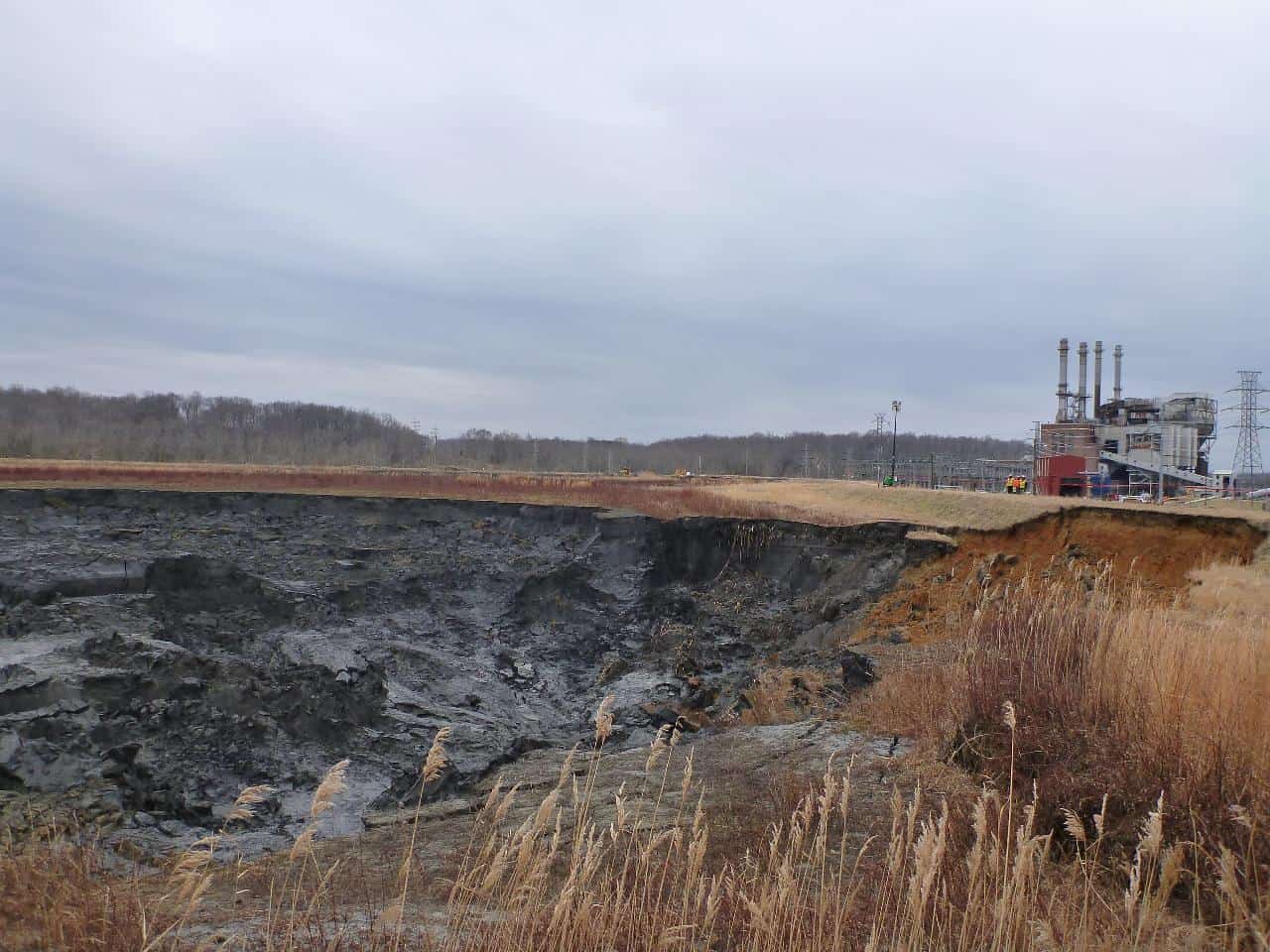Coal Ash Still Considered Non-Hazardous by the EPA, Despite Evidence to the Contrary

After years of delay, the Environmental Protection Agency (EPA) finalized the first federal regulations for the disposal of coal ash, a toxic byproduct of burning coal at power plants that contains arsenic, mercury, chromium and other substances associated with cancer and negative health impacts.
Unfortunately, the final regulation failed to accurately classify coal ash as a hazardous waste and take into account the full cost of burning coal. Instead, among other operating criteria, the EPA will require operators of coal ash storage sites to install additional monitoring wells to detect any “presence of hazardous constituents” and make the data publicly available.
Amy Adams, North Carolina Campaign Coordinator for Appalachian Voices said in a statement, “For the thousands of citizens whose groundwater is no longer safe for consumption due to leaching ponds or whose air is contaminated by fugitive dust, failing to regulate coal ash as hazardous is a slap in the face. We will continue to fight for cleanup of these toxic sites.”
Traci Barkley, a Water Resources Scientist at Prairie Rivers Network also said, “While these rules put forward clean-up and safety standards to protect communities, the EPA is leaving oversight and enforcement almost entirely to the states.”
Utility companies frequently store coal ash in unlined and unmonitored ponds next to rivers or other waterways, endangering fresh water supplies and public health. Utilities are able to do this because the EPA and Congress continue to allow coal ash to be regulated as an exempt waste under the Resource Conservation and Recovery Act (RCRA). Coal ash is the nation’s second largest industrial waste stream, and today there are more than 1,000 coal ash ponds across the country.
The new rules will force polluting pond facilities that are unlined at active power plants to be closed; but the EPA concluded it does not have the authority under RCRA to regulate sites at inactive power plants.
The coal industry has asserted that burning coal is the cheapest form of electricity and therefore, should be prioritized over other forms of electricity generation like renewable energy. However, utility ratepayers are paying for more than just for the coal itself; ratepayers pay directly for the cleanup of toxic spills and indirectly for the health costs associated with burning coal. Electric utility companies have little economic incentive to reduce their reliance on burning coal when they pass the costs of coal onto their customers or the environment.
Energy and Policy Institute Senior Fellow Nancy LaPlaca said, “If utilities had to pay the real costs of burning coal, then the amount we burn would decrease dramatically. A peer-reviewed 2011 Harvard University study has already found that the environmental and health damages from coal usage are 17-27 cents/kWh; and that doesn’t even include the cost of safely disposing of coal ash.”
The EPA was considering regulating coal ash as a hazardous waste under the provisions of Subtitle C of RCRA. In 2012, the EPA was sued for failing to review and revise, as necessary, its solid waste disposal regulations at least every three years, as required by RCRA, and for failing to classify coal ash a hazardous waste based on its toxicity characteristics.
In October 2013, the U.S. District Court for the District of Columbia ruled that the EPA has a mandatory duty to review and revise its waste regulations under RCRA. Congress enacted the Resource Conservation and Recovery Act of 1976 to “establish a comprehensive federal program to regulate the handling of solid wastes.” The act charged the EPA to develop and promulgate criteria for identifying the characteristics of hazardous wastes, which should be subject to the law.
The rules are only a minimal baseline and states can create laws that are stronger, similar to what the North Carolina legislature passed in 2014.


